Best movies & TV Shows like Samurai Kid
A unique, carefully handpicked, selection of the best movies like Samurai Kid . If you liked Samurai Kid then you may also like: The Wind Rises, Nausicaä of the Valley of the Wind, Ninja Scroll, From Up on Poppy Hill, Castle in the Sky and many more popular movies featured on this list. You can further filter the list even more or get a random selection from the list of similar movies, to make your selection even easier.
Shōnen Ninja Kaze no Fujimaru, also known as Samurai Kid, is a Japanese anime series produced by Toei Animation. 65 episodes aired from 7 June 1964 until 31 August 1965. It tells the story of a ninja's pupil that controlled the wind. It was inspired by the manga 'Kaze no Ishimaru' by Sanpei Shirato and was animated by Yasuji Mori and Hayao Miyazaki. The anime was renamed "Kaze no Fujimaru" in order to associate it with its sponsor, Fujisawa Pharmaceuticals. The opening theme, 'Shōnen Ninja Kaze no Fujimaru' and the closing theme, 'Tatakau Shōnen Ninja', were both performed by the Nishirokugo Boy's Choir. The series originally ended with a repeat of the opening; the separate ending song came later.
Samurai Kid
You may filter the list of movies on this page for a more refined, personalized selection of movies.
Still not sure what to watch click the recommend buttun below to get a movie recommendation selected from all the movies on this list
Nausicaä of the Valley of the Wind
After a global war, the seaside kingdom known as the Valley of the Wind remains one of the last strongholds on Earth untouched by a poisonous jungle and the powerful insects that guard it. Led by the courageous Princess Nausicaä, the people of the Valley engage in an epic struggle to restore the bond between humanity and Earth.
Ninja Scroll
Jubei is a masterless ninja who travels the land alone, lending his services to those with gold—or a worthy cause. His fearsome abilities have served him well, but a plot to overthrow the government threatens to end his wandering ways—and possibly his life.
From Up on Poppy Hill
Two high schoolers find hope as they fight to save an old wartime era clubhouse from destruction during the preparations for the 1964 Tokyo Olympics.
Castle in the Sky
A young boy and a girl with a magic crystal must race against pirates and foreign agents in a search for a legendary floating castle.
Band of Ninja
A young boy joins a band of ninja during a peasant uprising, all depicted through an experimental form of filming pages from the original manga set to sound.
Lupin the Third: The Castle of Cagliostro
After a successful robbery leaves famed thief Lupin the Third and his partner Jigen with nothing but a large amount of expertly crafted counterfeit bills, he decides to track down the forgers responsible—and steal any other treasures he may find in the Castle of Cagliostro, including the 'damsel in distress' he finds imprisoned there.
Lupin the Third: Farewell to Nostradamus
A simple diamond heist leads Lupin into the machinations of a bizarre cult based around the prophecies of Nostradamus. They kidnap Julia, the daughter of Douglas, a wealthy American who is seeking the presidency, along with Lupin's diamond. At stake is the lost book of prophecy Douglas holds in the vault at the top of his skyscraper.
Heidi in the Mountains
Heidi (1974) Japanese anime series by Zuiyo Eizo (now Nippon Animation) based on the Swiss novel Heidi's Years of Wandering and Learning by Johanna Spyri (1880). It was directed by Isao Takahata A feature-length film Heidi in the Mountains, aka The Story of Heidi, was edited from the series by Zuiyo (which by then was a separate entity from Nippon Animation, which employed many of the TV series' animation staff) distributed in 1979. All cast were replaced excluding Heidi and the grandfather. This movie is also the only incarnation of the Heidi anime to have been released commercially in the United States in English (on home video in the 1980s). Isao Takahata remarked "Neither Hayao Miyazaki nor I are completely related to any shortening version" on this work.
Doggie March
It tells the story of Rock, a puppy whose mother is killed by a tiger and a fox. To fulfill his revenge, will achieve together a large number of animals. An animated collaboration between Osamu Tezuka and Toei Animation.
The Kingdom of Dreams and Madness
Follows the behind-the-scenes work of Studio Ghibli, focusing on the notable figures Hayao Miyazaki, Isao Takahata, and Toshio Suzuki.
Inch High, Private Eye
Inch High, Private Eye is a 1973 Saturday morning cartoon produced by Hanna-Barbera Productions. The show originally ran from September 8, 1973, to August 31, 1974, on NBC Saturday morning for 13 episodes. Since the 1980s it has enjoyed resurgence on cable television, in repeats on USA Cartoon Express, Cartoon Network and Boomerang.
The Samurai
The Samurai is a Japanese historical fiction television series made by Senkosha Productions during the early 1960s. Its original Japanese title was Onmitsu Kenshi. The series premiered in 1962 on TBS and ran continuously until 1965 for ten self-contained story arcs, usually of 13 episodes each. Also created were two black-and-white feature films by Toei Company, made in 1964 by the same crew which has created the TV series, and a stage show. The Samurai proved to be highly successful despite its initially very limited budget. It was the first Japanese TV program ever screened in Australia, where it premiered in 1964 and built up a remarkably large fan-base among the local young audience at the time, rapidly becoming a cult favourite. Despite its massive popularity in Australia as well as success in Japan, New Zealand and the Philippines, the series was not widely screened elsewhere and its fame remains largely restricted to those countries.
Speed Racer
Teenager Speed Racer aspires to be the world's best race-car champion with the help of his friends, family and his father's high-tech race-car, the Mach 5.
Poor Sisters Story
Binbō Shimai Monogatari is a manga series by Izumi Kazuto. It has been adapted into an anime series by Toei Animation and was aired in Japan from June 2006 until September 2006.
Cheeky Angel
Cheeky Angel is a comedy romance action manga series by Hiroyuki Nishimori. The story revolves around the adventures of 15-year-old schoolgirl Megumi Amatsuka, a popular and beautiful tomboy that always get into fights with a secret: she used to be a boy. Originally a serial in Shōnen Sunday, it has been collected in 20 tankōbon volumes and adapted as a 50-episode anime series. In 2001, the manga won the Shogakukan Manga Award for shōnen.
Do Your Best Genki
Do Your Best Genki is a sports manga by Yū Koyama about Horiguchi Genki, a boy who is raised by a single father, and who wants to be a boxer like him. It was adapted as an anime television series by Toei Animation. The manga received the Shogakukan Manga Award for shōnen in 1977.
SD Gundam Sangokuden Brave Battle Warriors
SD Gundam Sangokuden Brave Battle Warriors is a Japanese anime television adaptation of the SD Gundam model kit series BB Senshi Sangokuden that began airing on April 3, 2010 and is produced by Sunrise. It is directed by Kenichi Suzuki and Kunihiro Mori. There is no opening theme song, however, there two ending theme songs. The first ending theme, "Mirisha Legend ~The Brave Legend~", is performed by Ko-saku. This is the same theme song that has been featured in promotional animation for the BB Senshi Sangokuden model kit series. The second ending theme, "Justice ・Carve a Legend!", which is used from episode 27 onwards, is performed by Ryuubi, Kan-u, Chouhi, Sousou and Sonken.
The Jungle Book: The Adventures of Mowgli
Jungle Book Shōnen Mowgli is an anime adaptation of Rudyard Kipling's original collection of stories, The Jungle Book. It aired in 1989, and consists of a total of 52 episodes. The series, a compromise between the original Mowgli stories and the Walt Disney version, received international acclaim and was aired in different countries around the world.
Ninja Hattori-kun
11-year-old Kenichi Mitsuba is an average kid who goes to secondary school and struggles with his studies, he is very stubborn and is very lazy and therefore always ends up frustrating his parents and teacher. He loves to find an easy way of things. He befriends Hattori Kanzo, a ninja from the Iga Clan, and he becomes part of the Mitsuba family along with his brother, Shinzo and his ninja dog, Shishimaru. Hattori helps Kenichi with his problems, and constantly keeps an eye on him, as a good friend. The main antagonist Kemumaki, a Koga ninja and his ninja cat, Kagechiyo always troubles Kenichi, mainly because of their feud over one girl, Yumeko. Kenichi asks Hattori to take revenge as a recurring storyline in many episodes. Although Hattori is a good friend, Kenichi sometimes fights with Hattori due to misunderstandings created by Kemumaki. Sometimes Jippou, Togejirou and Tsubame help him.
Jushin Liger
Jushin Liger is an anime superhero TV series created by Go Nagai. Produced by Sunrise Inc. with cooperation of Dynamic Planning, the series was originally broadcast on Nagoya Broadcasting Network /TV Asahi from March 11, 1989 to January 27, 1990 with a total of 43 episodes. A manga series, written and drawn by Go Nagai, was also released alongside the anime, originally published by Kodansha in the magazine Comic Bom Bom from March 1989 to January 1990. This anime series inspired the real-life pro-wrestler, Jushin "Thunder" Liger. The opening theme "Ikari no Jushin", which was performed by Yumi Hiroki, is also wrestler Jushin "Thunder" Liger's theme song. The song "Kiseki no Jushin" was also used by Liger on occasion.
Ninja Girl & Samurai Master
The anime centers on a young female ninja named Chidori, whose dream is to help the Warring States-era warlord Oda Nobunaga to achieve his goals.
The Three-eyed One
The Three-Eyed One is a romance SF manga by Osamu Tezuka. It was originally serialized in Weekly Shōnen Magazine from 7 July 1974 through 19 March 1978 and was later published into thirteen tankōbon by Kodansha. This story is about Hosuke Sharaku, the heir to the long lost super civilization of the "Three Eyed Ones", and his best friend, Chiyoko Wato, with whom he solves various problems, often of his own doing. In 1977, The Three-Eyed One tied with another Tezuka manga, Black Jack, for the Kodansha Manga Award. The manga has since spawned a TV special by Shueisha and later an anime whose 48 episodes ran from 18 October 1990 through 26 September 1991. The main character appears in three video games: Mittsume ga Tooru by Natsume on the MSX in 1989, Mittsume ga Tooru/The Three-Eyed One by Tomy on the NES in 1992, Astro Boy: Omega Factor by Sega on the Game Boy Advance and Astro Boy by Sega on the PlayStation 2.
Boruto: Naruto Next Generations
The life of the shinobi is beginning to change. Boruto Uzumaki, son of Seventh Hokage Naruto Uzumaki, has enrolled in the Ninja Academy to learn the ways of the ninja. Now, as a series of mysterious events unfolds, Boruto’s story is about to begin!
10 Years with Hayao Miyazaki
A chronicle of the creative process of the legendary Japanese filmmaker Hayao Miyazaki, a passionate artisan, a steadfast trailblazer, and a father butting heads with his son…
Wind, Clouds, and Rainbow
Kaze to kumo to Niji to deals with the Heian period in Japan. Based on Chōgorō Kaionji`s novels Taira no Masakado and Umi to Kaze to Niji to. The drama was made by Go Kato`s request. The story chronicles the life of Taira no Masakado . The story begins with Masakado′s childhood. Masakado happens to meet Fujiwara no Hidesato, and he thinks that he want to be great Samurai like Hidesato in the future.
Ninja Captor
Ninja Captor is a Japanese tokusatsu TV series aired from April 7, 1976 to January 26, 1977 on TV Tokyo 12 Channel, produced by Toei Company, Ltd. This Sentai-esque series aired during the run of Shotaro Ishinomori's original Super Sentai series, Himitsu Sentai Gorenger and was notably first superhero team show produced by Toei under the Saburo Yatsude/Hatte pseudonym. Daisuke Izumo graduates from the Wind-Demon Stealth-Army, a secret army aiming for the conquest of Japan. He instead escapes, and becomes the leader of the "Captor," a ninja team supervised by Mujin Tendou. The Captor team's mission is to battle the ninja sent out by the Wind-Demon General, Retsufuu Fuuma. This show used to be considered by some to be a part of the Super Sentai franchise* , but was later excluded. In 2013, it got a Shout-Out in the fourth episode of Hikonin Sentai Akibaranger: Season 2.
Sarutobi Ecchan
Sarutobi Ecchan is a magical girl manga series by Shotaro Ishinomori. It was originally named Okashina Okashina Ano Ko, but was changed in 1971 when Toei Animation adapted it into an anime called Sarutobi Ecchan. The anime lasted 26 episodes. It has been recently released on DVD as a part of the DVD ANCIENT SERIES.
Magical Mako
Mahō no Mako-chan is a Japanese anime series by Toei Animation. The story is loosely based on the Hans Christian Andersen tale The Little Mermaid. The series has been dubbed into various languages including French, Spanish, Polish and Italian. It is also often known as Mako the Mermaid, Mako-chan’s Magic, Syrenka Mako and Magical Mako-chan. Mahō no Mako-chan aired in 1970 via Nippon Educational TV, which is now TV Asahi.
Captain Tsubasa J
Captain Tsubasa J is a TV anime series that retells the story of the original manga and also adds some arcs from the World Youth Saga manga. The anime was originally broadcast by Fuji Television in Japan from 1994-10-21 to 1995-12-22 with 47 episodes. The animation was done by Studio Comet. The series was suspended due to budget constraints.
Space Ace
Space Ace is a Japanese science fiction manga series written and illustrated by Tatsuo Yoshida and serialized in Shueisha's Shōnen Book magazine from June 1964 to May 1966. It was adapted into an anime television series by Tatsunoko Production and aired on Fuji TV from May 8, 1965 to April 28, 1966.
Dragon Century
Dragon Century is a Japanese 2-episode OVA anime series that was created by Ryuukihei and produced and animated by the Anime International Company. The plot takes place in Hokkaido in 1990, where a series of murders take place and dragons suddenly begin appearing in the skies. The Japanese SDF begins shooting the dragons out of the sky, holding them responsible for the murders. Following that, a troubled young girl named Riko is suddenly entrusted with the care of a hatchling dragon, hoping to raise him for destruction, but soon learns there is more to the dragons than she first learned. It was originally released on laserdisc in Japan in 1988 and then it was eventually subtitled in English by: U.S. Renditions and released in VHS format in the United States/Canada in 1996. No official anime was made after the OVA, and there were only 2 episodes released overall. The opening and ending theme was performed by Jpop singer Midori Karashima.
Ai Shite Knight
Ai Shite Knight is a shōjo manga created in the early 1980s by Kaoru Tada. An anime version of the story in 42 episodes was also produced in 1983-1984 by Toei Animation, and features episodes supervised by Shingo Araki.



































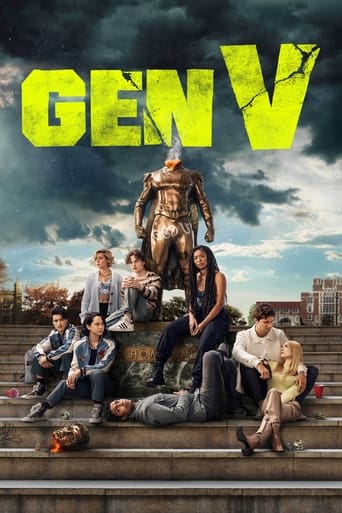

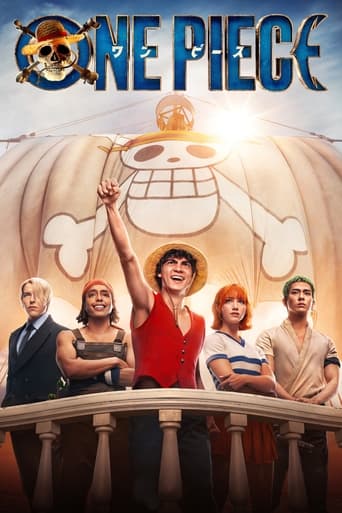
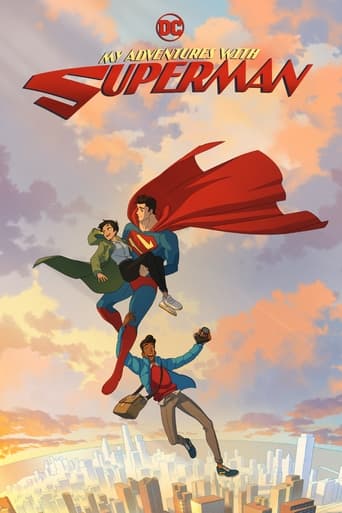

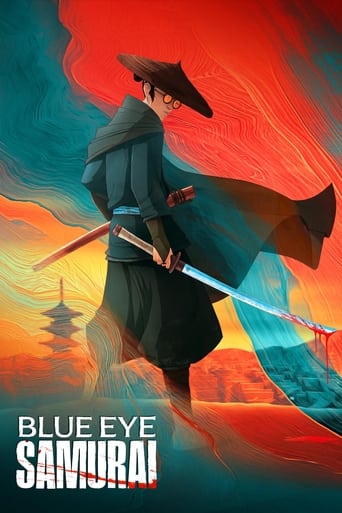
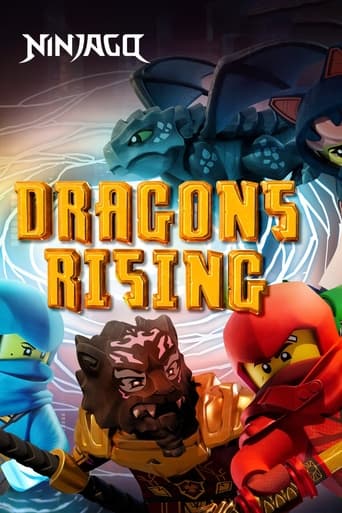
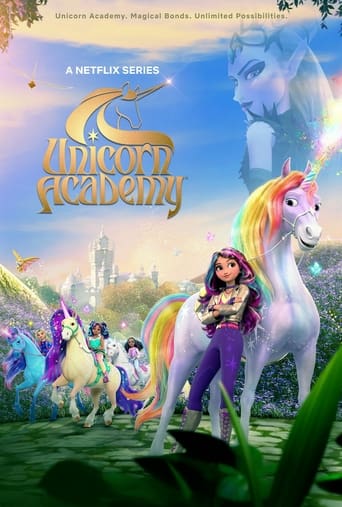


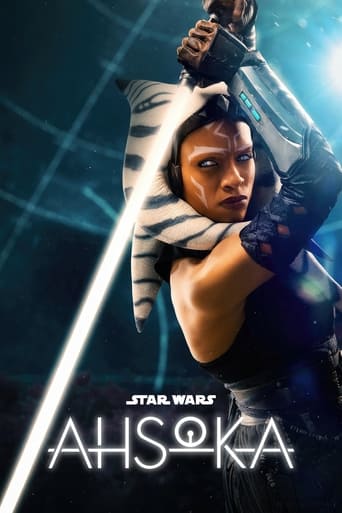

The Wind Rises
A lifelong love of flight inspires Japanese aviation engineer Jiro Horikoshi, whose storied career includes the creation of the A-6M World War II fighter plane.